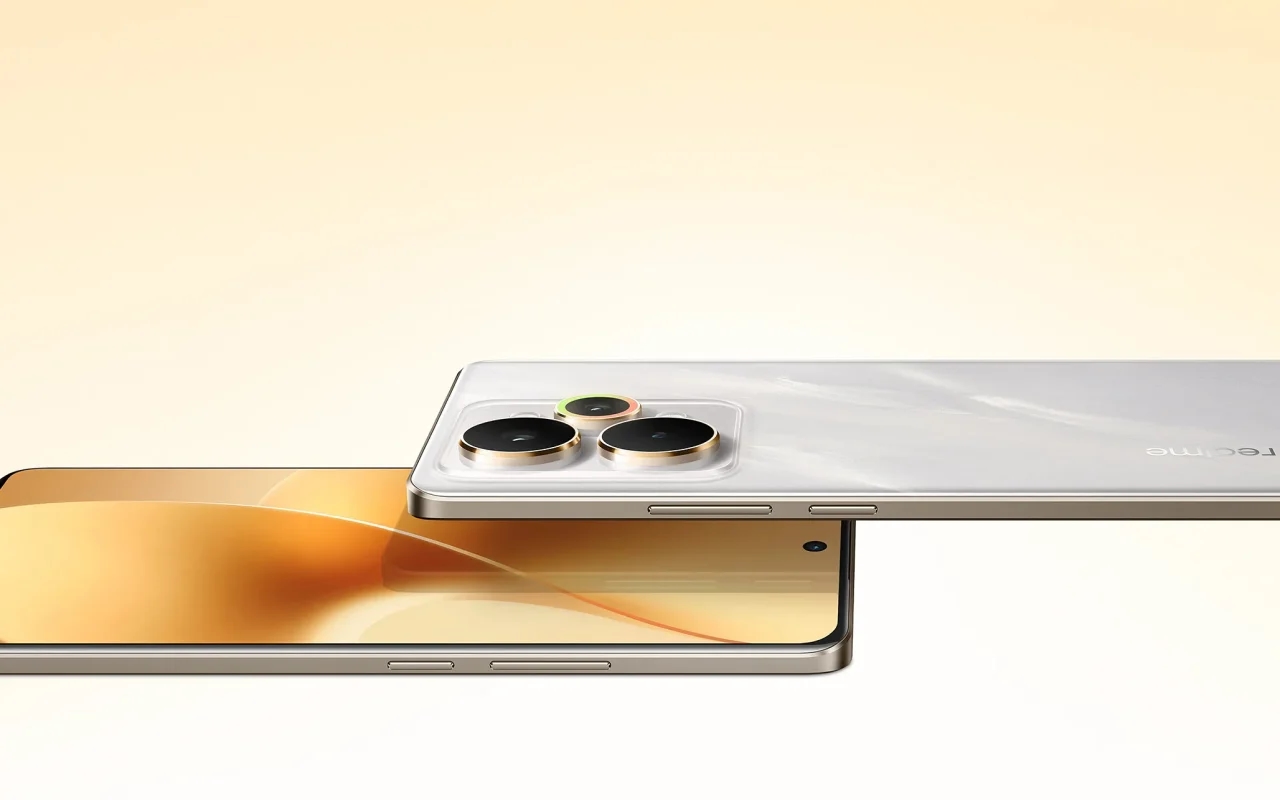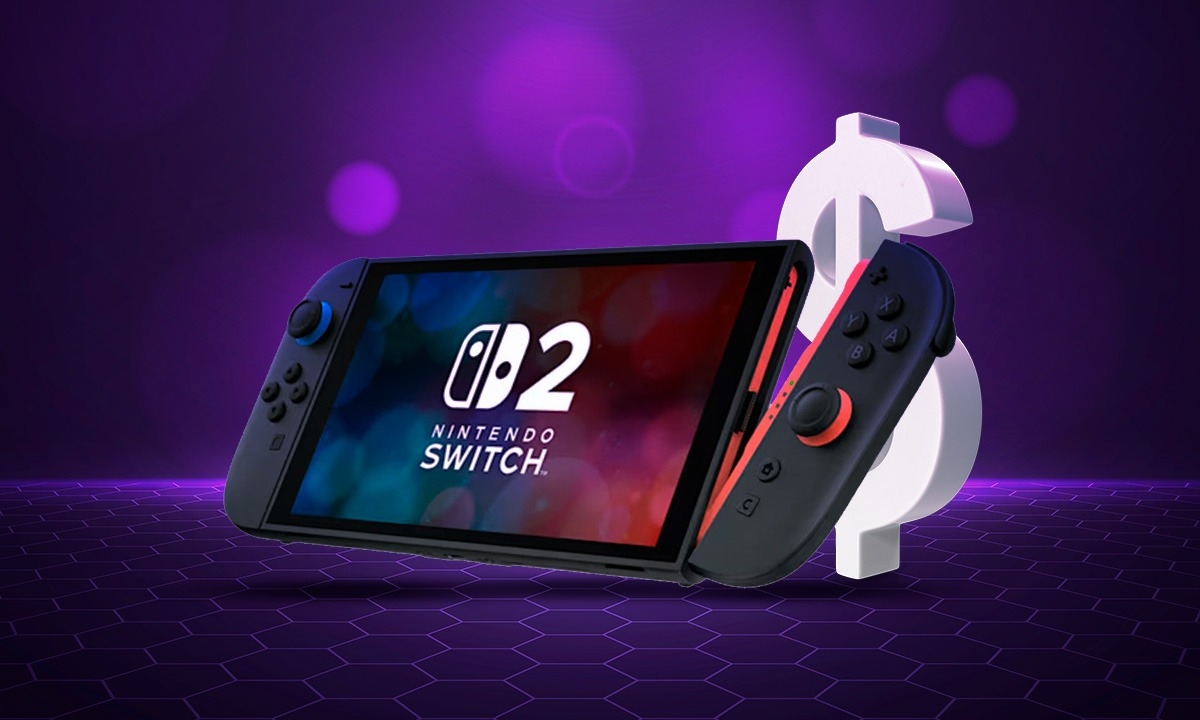One billion devices worldwide already use solutions from one Polish company. It supplies the largest

- Today, the use of integrated circuits is so widespread that it is highly probable that everyone reading these words interacts daily with electronics designed in Poland by DCD-SEMI.
- Until recently, China was primarily associated with cheap, low-tech electronics. However, over the past 5-10 years, it has built an entire electromobility industry that is paving the way for development beyond just EV automotive.
- China has changed beyond recognition. In the past, Chinese contractors were eager to order all types of services, with no high expectations for quality. Price was the primary criterion. This is changing, and today, contracts are negotiated for months.
Jakub Kamiński (Boym Institute): DCD-SEMI has been present in the semiconductor industry for 25 years, offering chip design services. What is its importance in the context of the entire chip production process?
Jacek Hanke (DCD-SEMI) : It's crucial because every integrated circuit is designed for a specific purpose. Most people associate a processor with its function of executing code, but the first step is defining how it should operate; how it should be programmed and what operations it can perform. Every integrated circuit begins with Intellectual Property (IP), i.e., the design of its architecture. It is the IP Core that determines the architecture of the integrated circuit—its functionality and performance. A typical integrated circuit typically contains hundreds or thousands of such IPs that must work together. That's why it's so important that even the smallest IP is fully functional and fail-safe. While modifications can be made during the design phase, this is no longer possible once the integrated circuit is manufactured.
What have you achieved in a quarter of a century of activity?
- If the answer lies in numbers, then let me put it briefly – over this quarter-century, we have developed over 100 different types of architectures that have been used in at least 1 billion electronic devices around the world .
Our solutions include the world's fastest industrial processor from the 8051 family; the first commercial 32-bit processor in Polish history (awarded by PARP as Product of the Year and the Teraz Polska emblem); the 100% secure Polish cryptographic system CryptOne, and a number of other products used by billions of people every day.
Circuits designed by DCD-SEMI are present in almost every aspect of human life, from cell phones and computers, through electronic toys, multimedia devices, automotive, aviation, telecommunications, and defense. Today, the use of integrated circuits is so widespread that it's highly probable that anyone reading this interacts daily with electronics designed in Poland by DCD-SEMI.
Based on the experience gained over the years, how has electronics changed over that time?
"Circuits and technologies are becoming increasingly advanced. This translates into a dramatic increase in development costs . While a 10-person team could once design an entire integrated circuit, today teams of several thousand people work to create a modern processor installed in new devices. Furthermore, the growing number of suppliers and subcontractors is driving the globalization of supply chains in this industry. In such a competitive environment, experience and practical skills are crucial."
Who is your customer?
"The nature of the industry means that most of our clients are one-time customers. A client commissions us to create a specific project and then uses it for 5, 10, 15, or 25 years. During that time, they generally don't need us. However, every product that has operated flawlessly in a client's integrated circuit for years is an advertisement in itself. Therefore, despite NDAs and the "arms race" between companies, new clients approach us because they know we will design a tailor-made solution."
Our clients are typically from countries with well-developed microelectronics industries, such as the US, China, Japan, South Korea, and Western Europe. We've developed projects for companies like AMD, BMW, CAT, General Electric, Huawei, Intel, Lockheed Martin, Schneider, Siemens, Sony, Toyota, Volkswagen, and Xpeng. Were it not for confidentiality clauses, I could name many other important brands.
90% of the world's production of the latest microelectronics technologies takes place in Asia.What importance do Asian markets have for you in the context of your global strategy?
"It's very significant, as 90% of global production of the latest microelectronics technologies takes place in Asia. Naturally, we want to be close to the most important integrated circuit manufacturers. Taiwan is the undisputed leader in manufacturing cutting-edge integrated circuit technologies. China, on the other hand, was until recently associated primarily with cheap, low-tech electronics. Over the last 5-10 years, however, it has built an entire electromobility industry, which is setting the direction of development not only for EV automotive. Modern electric vehicles are packed with integrated circuits for various applications, creating a market for us."
The Relational Nature of Building a Business in Asian MarketsAre customers from this part of the world more difficult to acquire than Western companies?
"Looking through the prism of 25 years of operation, I observe the scale of evolution that Asian markets have undergone during this time. China has changed beyond recognition – in the past, Chinese contractors were very willing to order all types of services, without having high expectations for their quality. The main criterion was price. This is changing, and today, contracts are negotiated for months. They involve the development of complex legal and patent protections and rigorous verification.
Other countries, such as Japan and South Korea, have their own unique characteristics that make them much further apart than we might think, guided by the common label of East Asia. What unites them is the relationship-based nature of building a business . We sometimes have clients who contact us directly, but these are a minority, and in most cases, they come to us through our representatives and local distributors.
The language barrier is a major problem. Companies and engineers from China and Taiwan are slowly improving their English skills, but in Japan, this is still a significant problem. In such cases, it's essential to collaborate with a local employee who can effectively introduce the client to our offerings and understand their expectations.
wnp.pl




